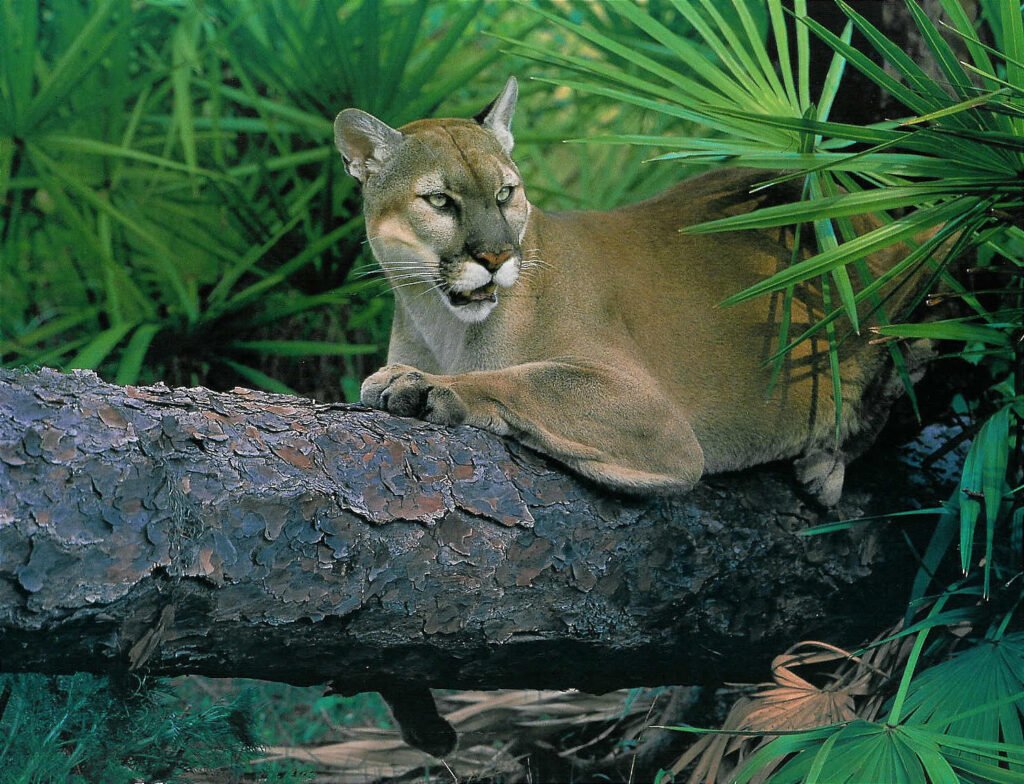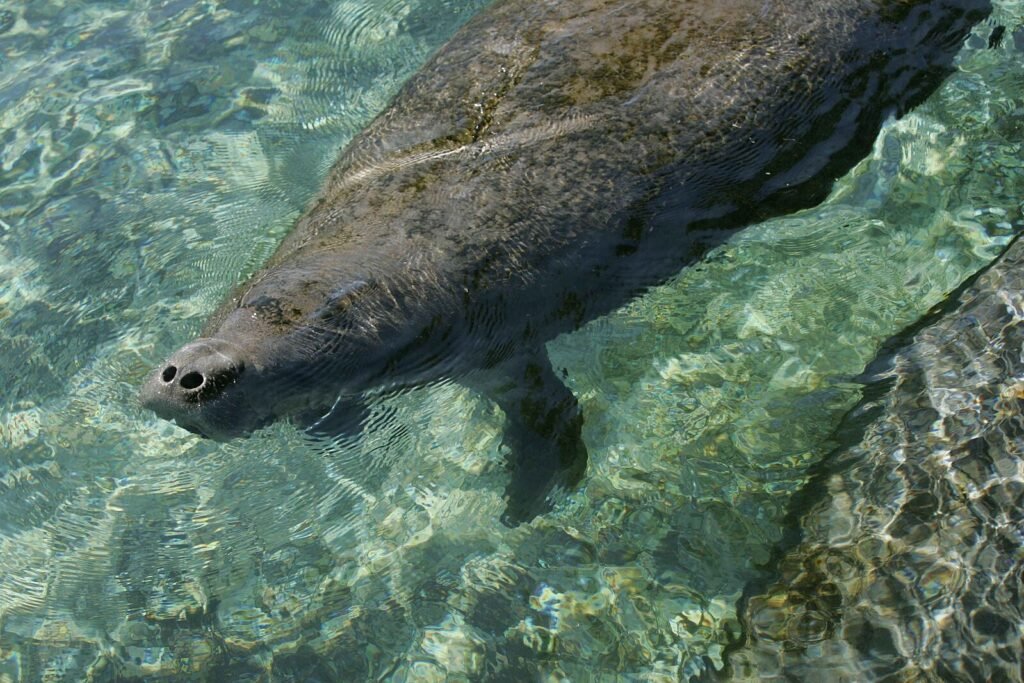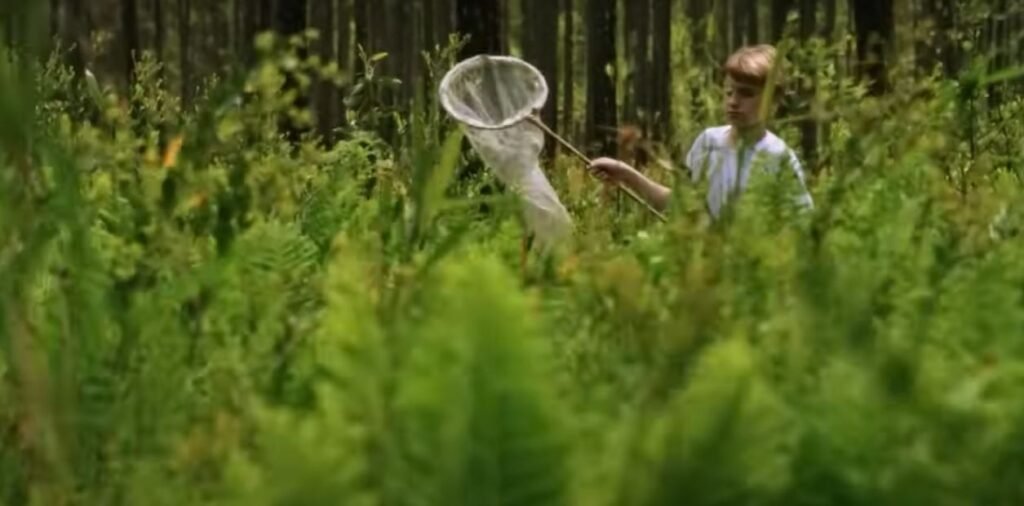Redefining “Harm” Could Strip Animals of Vital Safeguards
A new federal proposal could roll back critical protections for endangered animals by redefining what counts as “harm” under the Endangered Species Act. Conservationists say the change would no longer shield habitats where animals feed, breed, or take shelter—putting hundreds of species at risk.
On April 16, officials proposed that only direct actions that kill or injure animals should be considered illegal. This move would strip away habitat-based protections that have long helped prevent extinctions.
Agencies behind the proposal argue that modifying an animal’s habitat shouldn’t count as harm unless it involves direct injury. But wildlife experts say this narrow interpretation ignores the realities of how animals survive.
Habitat Loss Drives Extinction

“Habitat loss is the biggest single cause of extinction,” said Brett Hartl from the Center for Biological Diversity. He warned that without legal protection for vital ecosystems, many species will face renewed threats.
“We’re going to see losses again,” Hartl added, calling the proposal “callous and reckless.”
Noah Greenwald, the group’s endangered species director, echoed this concern. “If you say harm doesn’t mean significant habitat degradation, then it leaves endangered species out in the cold,” he said.
Dozens of Species Could Suffer

The Endangered Species Act has helped save iconic wildlife like gray wolves, manatees, bald eagles, and spotted owls. Experts warn this change could unravel much of that progress.
Drew Caputo, a lawyer with Earthjustice, said on AP, “Destroying a forest, beach, or wetland that a species depends on should be recognized as harm. That’s common sense.”
Hawaii, home to nearly 40% of the country’s endangered species, faces even greater risks. “Habitat is life,” said Maxx Philipps, who leads the Center’s Hawaii and Pacific Islands program. “Without it, there is no recovery—and without recovery, there is only extinction.”
Legal Challenges Expected
If enacted, the rule would make it easier for developers to mine, build, and log in areas currently protected due to their ecological value. Conservation groups are preparing lawsuits to stop the plan.
According to reports from NPR, The Associated Press, and The Washington Post, the rule redefines “harm” in a way that conservationists say could “gut the law’s power” by excluding critical habitat destruction.
Technology Sparks New Questions
The proposed change comes shortly after the Department of the Interior expressed excitement over “de-extinction” technology. This followed news of a gene-editing company creating three dire wolf puppies.
Officials suggested the future of conservation could involve bringing back extinct species—an idea that critics argue doesn’t replace the need for habitat protection.
“The only thing we’d like to see go extinct is the need for an endangered species list,” a recent statement from the Department read.
Why Habitat Still Matters

While genetic science advances, conservationists say preserving habitats remains the most reliable way to protect biodiversity. Without forests, rivers, beaches, and grasslands, endangered animals simply have nowhere to go.







